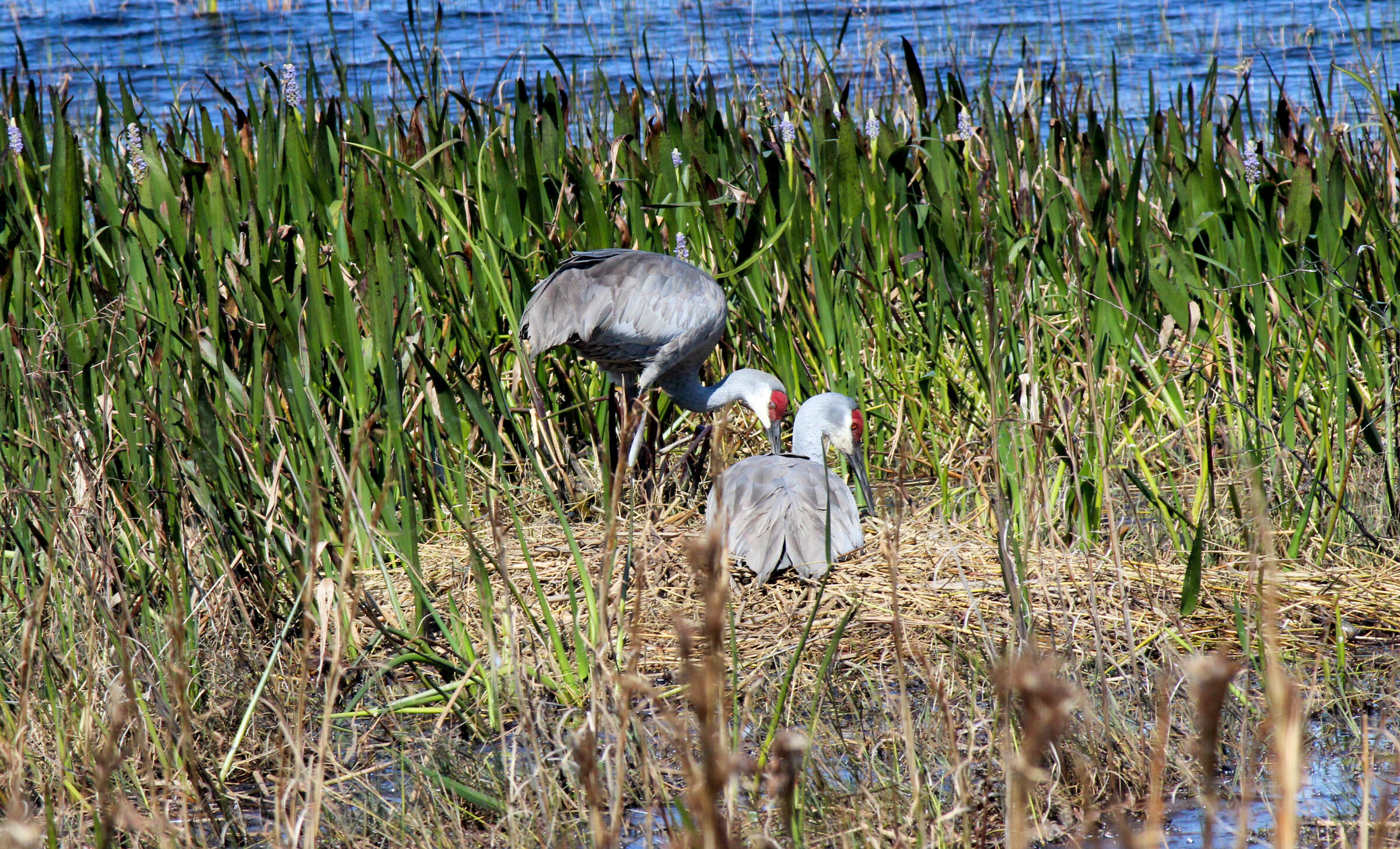Climate Resilience: Carbon Sinks and Floodplains
Hydrological shifts are already being seen across the watershed, and the amount of change that we will see in the future will exceed anything that has been witnessed by past generations. Change in the amount of precipitation that falls every year in the western portion of the basin will be quite different than the annual change in precipitation seen in the eastern portion of the basin. There will be an increase in heavy rainfall events and flooding, juxtaposed with longer and more frequent droughts. The amount of moisture held over in the soil will decrease along with the amount of water that is stored in winter months as snowpack in the Platte’s headwaters in Colorado and Wyoming; resulting in less water available to be shared downstream. Changes in how much and when water is available will also impact how clean it is. More pollutants will be washed from surrounding agricultural and urban landscapes into the Platte River and its tributaries during intense rainfall events.
Climate scientists have identified ecosystems that natural serve as carbon storage or carbon sinks – natural systems that actively pull carbon dioxide from the air and store it in plants and soil. Tracts of remnant tallgrass prairie, for example, provide refuge, resources, and corridors by which species can travel when put under pressure by climate change, while also holding within roots and soil a significant amount of carbon that would be lost if the prairies were turned-over and tilled. Opportunities for natural climate solutions within the Platte River Basin, such as regenerative grazing practices and restoring native grasslands to prevent erosion and promote healthy watersheds, can be designed to provide benefits to private landowners as well as grassland bird species – of which nearly 70% are vulnerable to extinction due to climate change.
Protection and restoration of wetlands, which are disproportionately valuable to bird species, provides critical co-benefits to people as well. In addition to offering relatively high carbon storage, wetlands also buffer human communities from extreme weather events, taking on floodwaters during intense precipitation events and storing excess water that can be used during dry periods. Half of North American bird species nest and/or forage in wetlands, and their importance to bird species adapting to changing climate conditions or in need of adequate habitat will be crucial to building resilience in the Platte River Basin.
How you can help, right now
Support Rowe Sanctuary
Help us continue our important work for Sandhill Cranes and other birds that rely on the Platte River ecosystem!
Support Spring Creek Prairie
We are able to provide and protect this amazing landscape only with the help of private donations. Help us keep the trails open and the prairie thriving!
Support Audubon in the Great Plains
Support our work with local landowners, urban woods and prairies, and education programs in Nebraska and the Dakotas!




